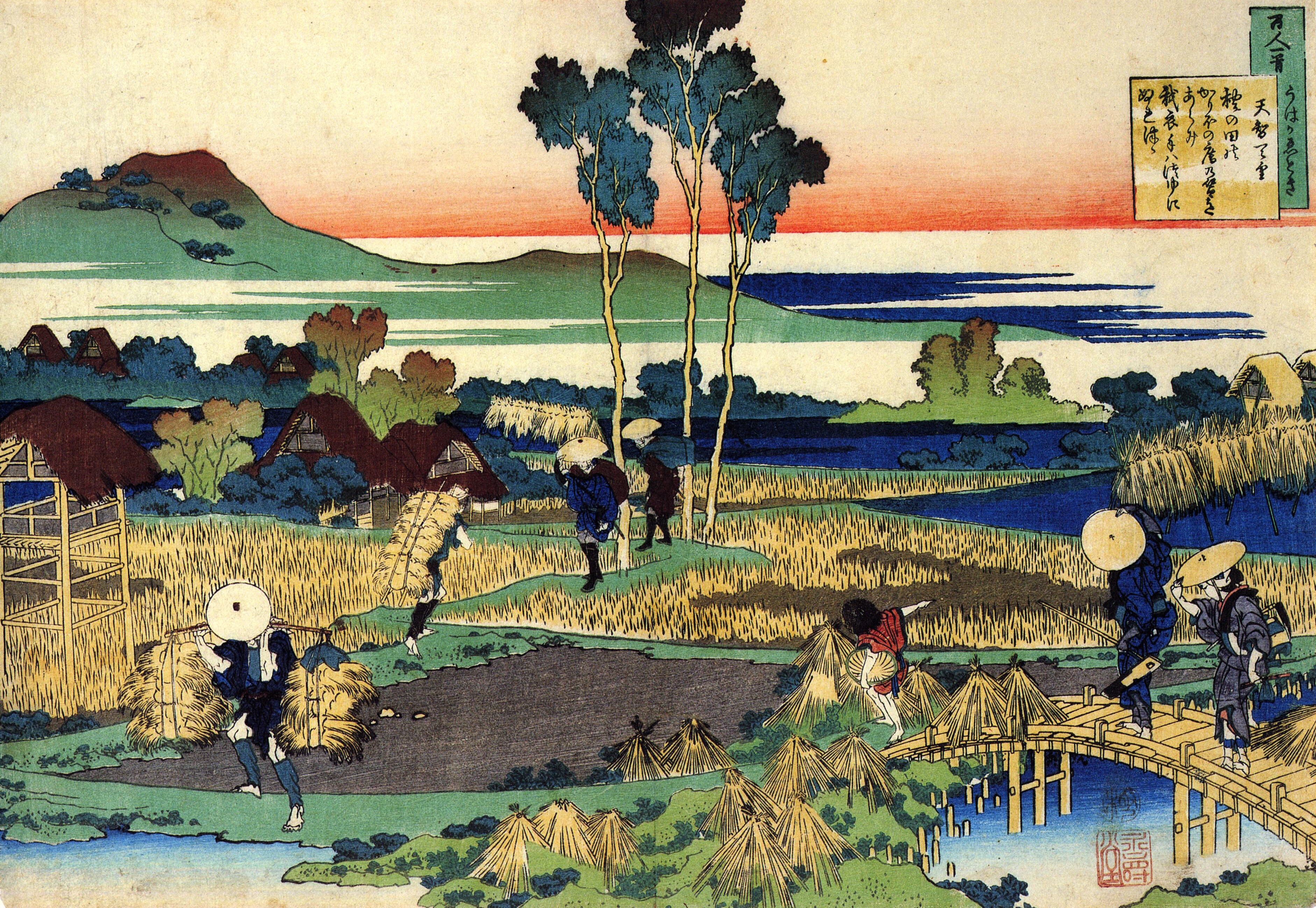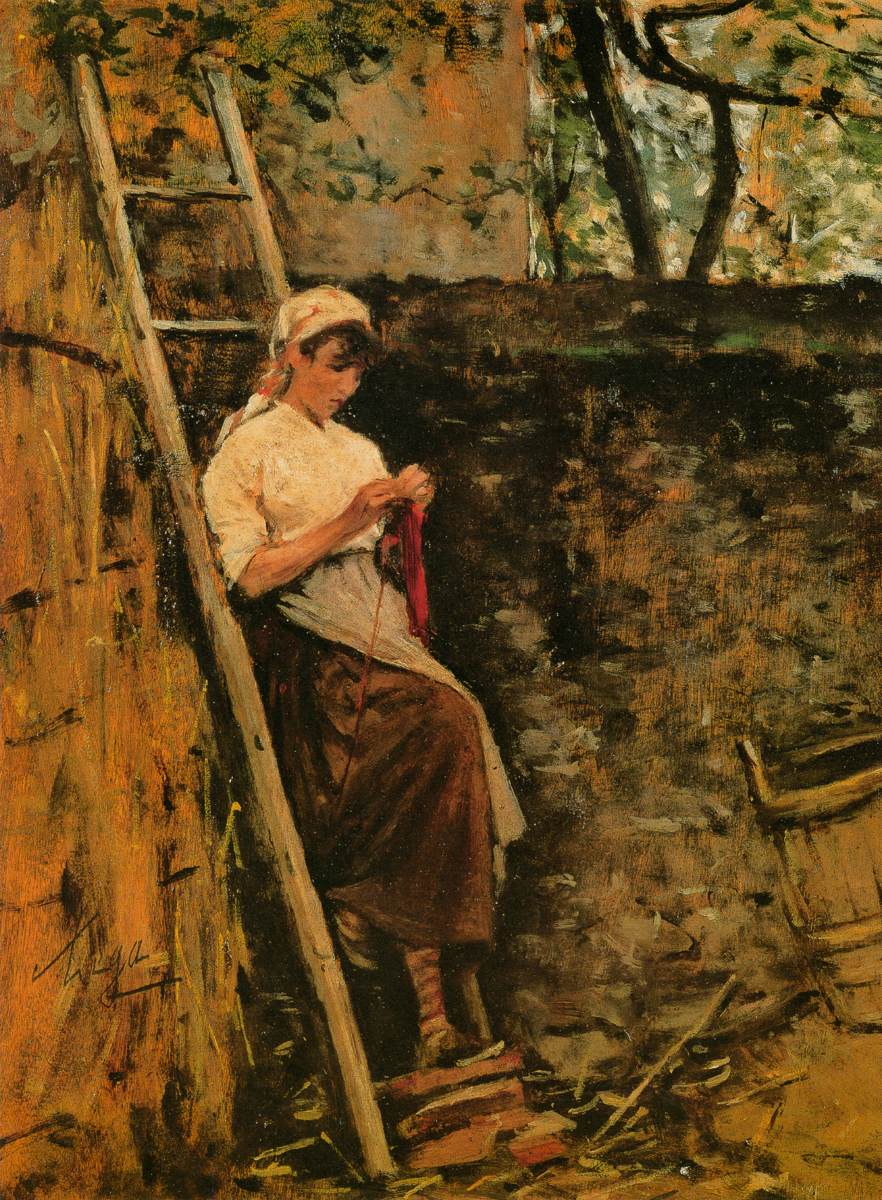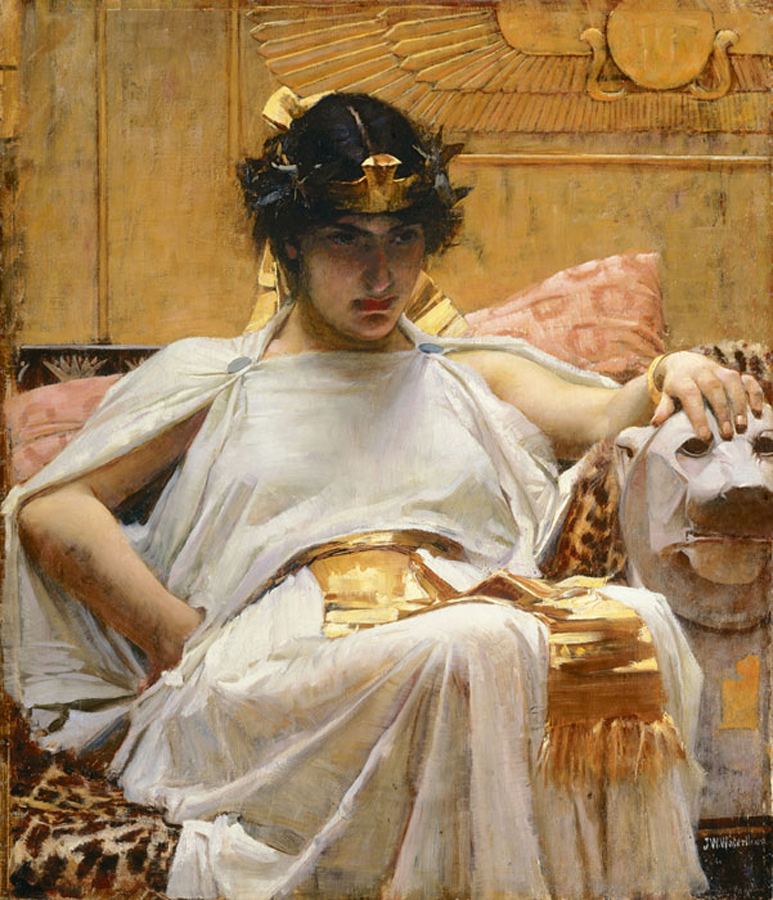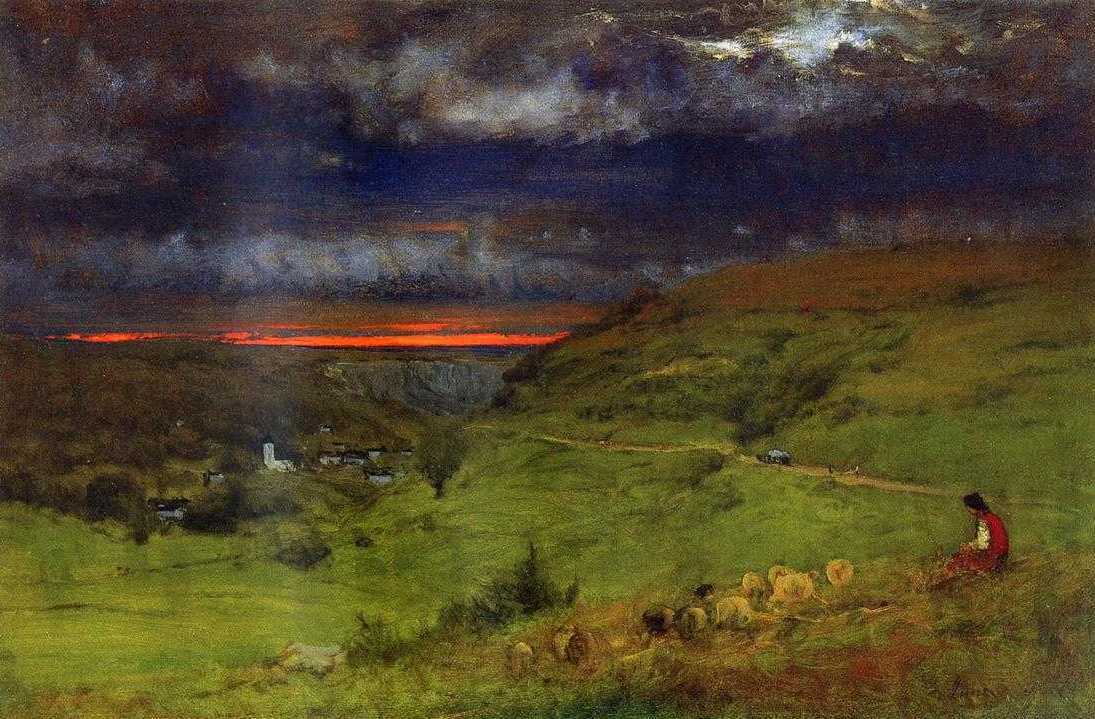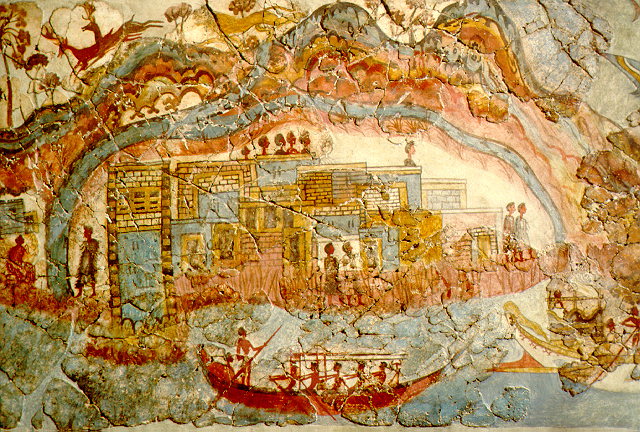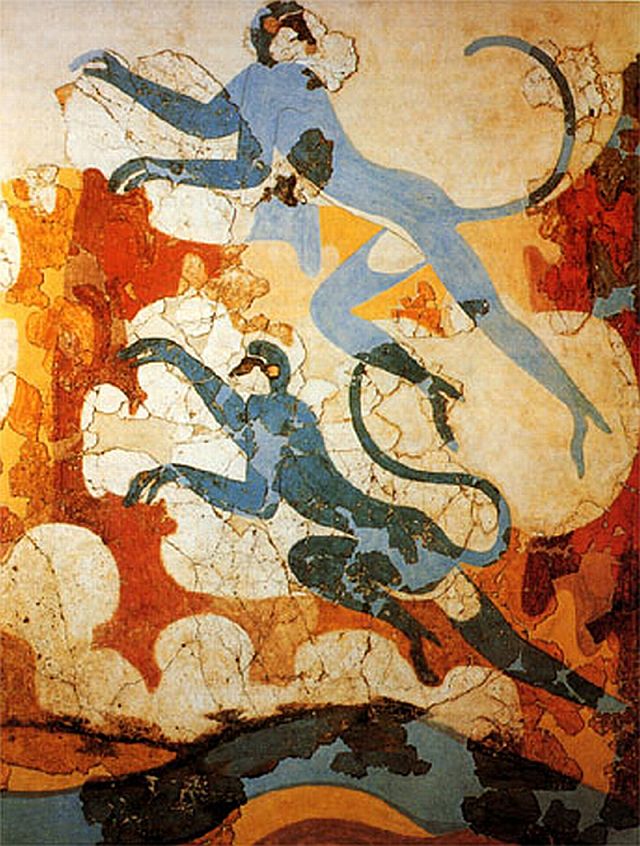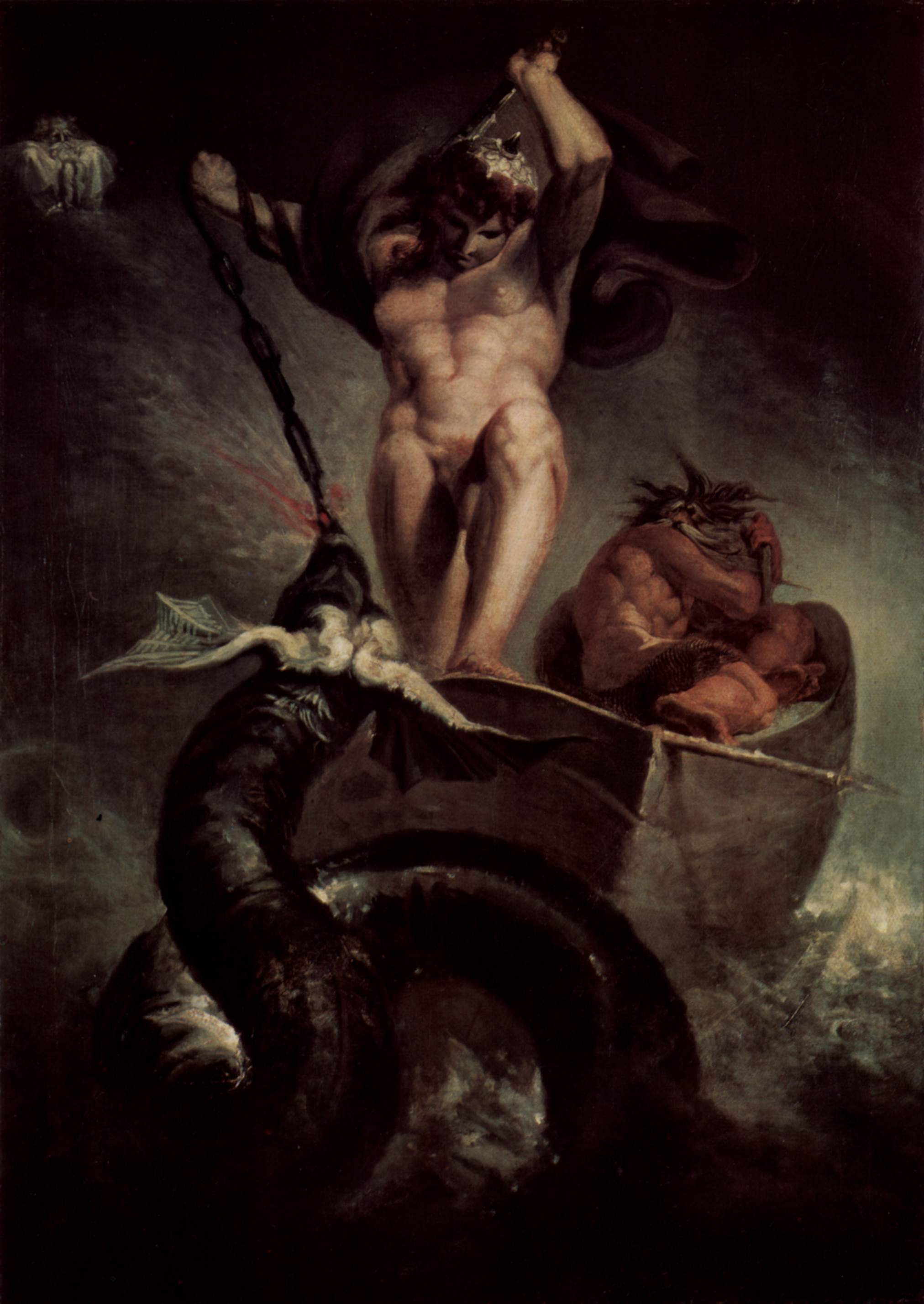Francisco Goya, Witches' Flight, 1797-8
17.125"x12"
Halloween Part II. I mentioned this painting in yesterday's post as part of Musée d'Orsay's exhibit, Dark Romanticism: From Goya to Max Ernst, but I decided it was worth another look. Depictions of witches have along tradition in western art, such as Dürer's depictions and Hans Baldung's more gruesome Witches' Sabbath, Three Witches, and Standing Witch with Monster. These prints all date from the late fifteenth or early sixteenth century, and they were in response to the publication of the Malleus Maleficarum by Heinrich Kramer, generally held responsible for the anti-witch fury that came to grip Europe. Goya's piece was done three centuries later and presents a very different view. It is more fantastical and it does not vilify the witches in the same way. Nevertheless, the painting is extremely eerie, with its floating witches and lack of setting or context. The figure lying prone among the three witches is of completely unclear status, but seems to be the subject of some ritual. The figure on the ground attempt to escape the scene above, but the one still standing (with the sheet over his face) also seems to occupy the role of a promoter, drawing viewers to the spectacle taking place above him. Goya's skill with chiaroscuro (and with extremely creepy subject matter) is on full display here. He creates a painting that is very unsettling, yet also very compelling that viewer cannot quite look away from.

_-_Dante_And_Virgil_In_Hell_(1850).jpg)
